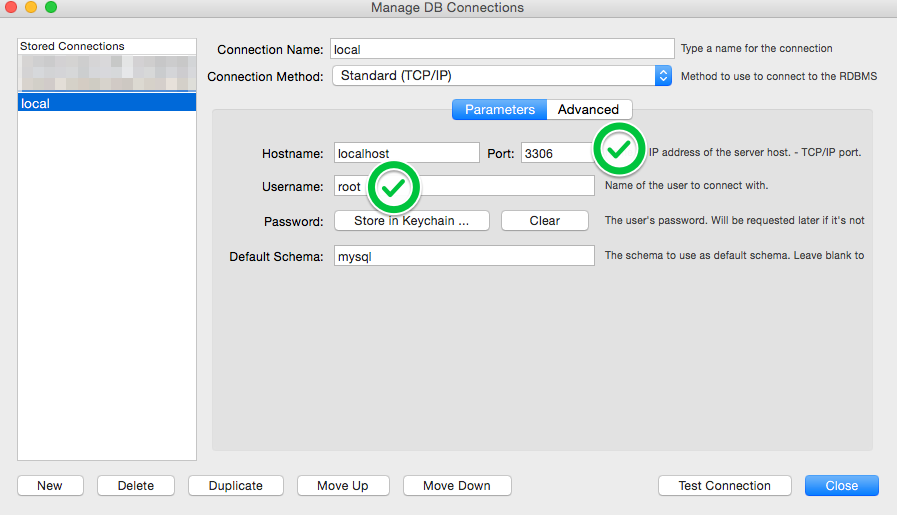Dreamweaver and MAMP testing Server setup. Created by: Russell Taylor - A professional web developer and entrepreneur based out of California with over 8 years experience in the industry. His latest project is CSS Menu Maker which provides free css drop down menus to web developers and a Dreamweaver menu extension for the Dreamweaver crowd. MAMP is commonly used with and to develop for popular CMS programs such as WordPress and Drupal by setting up a local development environment on laptop or desktop computers, without the need for a standalone web server.
MAMP is a solution stack composed of free and open-source and proprietary software proprietary commercial software used together to develop and run dynamic web sites on Apple Macintosh computers.
Specifications and uses[edit]
| Operating system | macOS |
|---|---|
| Web server | Apache | Nginx |
| Database management system | MySQL | MariaDB |
| Web development | PHP | Perl | Python |
The name MAMP is an acronym that stems from the names of the components of the system:[1]macOS (the operating system); Apache (the web server); MySQL or MariaDB (the database management system); and PHP, Perl, or Python (programming languages used for web development). The name is derived from LAMP, a similar stack of all open-source software widely used for web sites, but substituting the proprietary macOS for the open-source Linux OS. (Similar 'AMP' stacks exist for other operating systems.) MAMP is not limited to these choices of components, however; Nginx can be used in place of Apache, for example, and the same goes for substituting MariaDB for MySQL.
Some of the software packages that comprise MAMP (particularly Apache and PHP) are pre-installed with macOS; compatible versions of the remainder are readily available for installation and use.[2] MAMP is commonly used with and to develop for popular CMS programs such as WordPress and Drupal by setting up a local development environment on laptop or desktop computers, without the need for a standalone web server.[3]
References[edit]
- ^'Installing WordPress Locally on Your Mac With MAMP « WordPress Codex'. codex.wordpress.org. Retrieved 2018-10-27.
- ^'How to Setup a Web Server in Mac OS X Mountain Lion'. Make Tech Easier. Uqnic Network Pte Ltd. Retrieved 3 May 2020.CS1 maint: discouraged parameter (link)
- ^'5 of the Best Local WordPress Development Tools Compared for 2020'. CodeinWP. CodeinWP. Retrieved 3 May 2020.CS1 maint: discouraged parameter (link)
Xampp Server
This was a common problem with past versions of MAMP and it continues to happen for some users in version 4.x. Fortunately, the fix is easy. The problem is that when exiting MAMP the MySQL processes continue to run and are not stopped. This post has two solutions. The first solution of killing running processes has worked for me pretty much all the time. The second solution is from one of the comments below.
- Quit MAMP. You may have to force quit when this happens as it does not shut down correctly.
- To show any MySQL processes currently running, open Terminal and from the command prompt run the command below.
- Next, kill the MySQL processes by running the command below.
- To verify they no longer exist, pgrep for mysql again and you should not have any processes returned.
- Now Launch MAMP again and MySQL Server should start normally.
Alternative Solution

If the above solution does not work, this method should.
Mamp Server Not Starting

How To Download Virtual Server Mamp

Server Mappath C#

Mamp Web Server
- Stop Mamp and kill the mysql processes as above.
- Rename the ib_logfileN (N is the log numbers) files to something else. Don’t delete these as you may need to return to them. The path to these files may be different on your system. On my system, I would do the following:
- Restart MAMP and MySQL should start correctly.
(Thanks to Daniel Erkalo for this alternative fix!)

